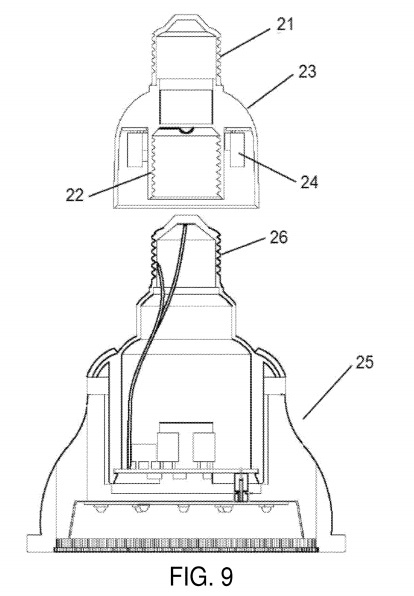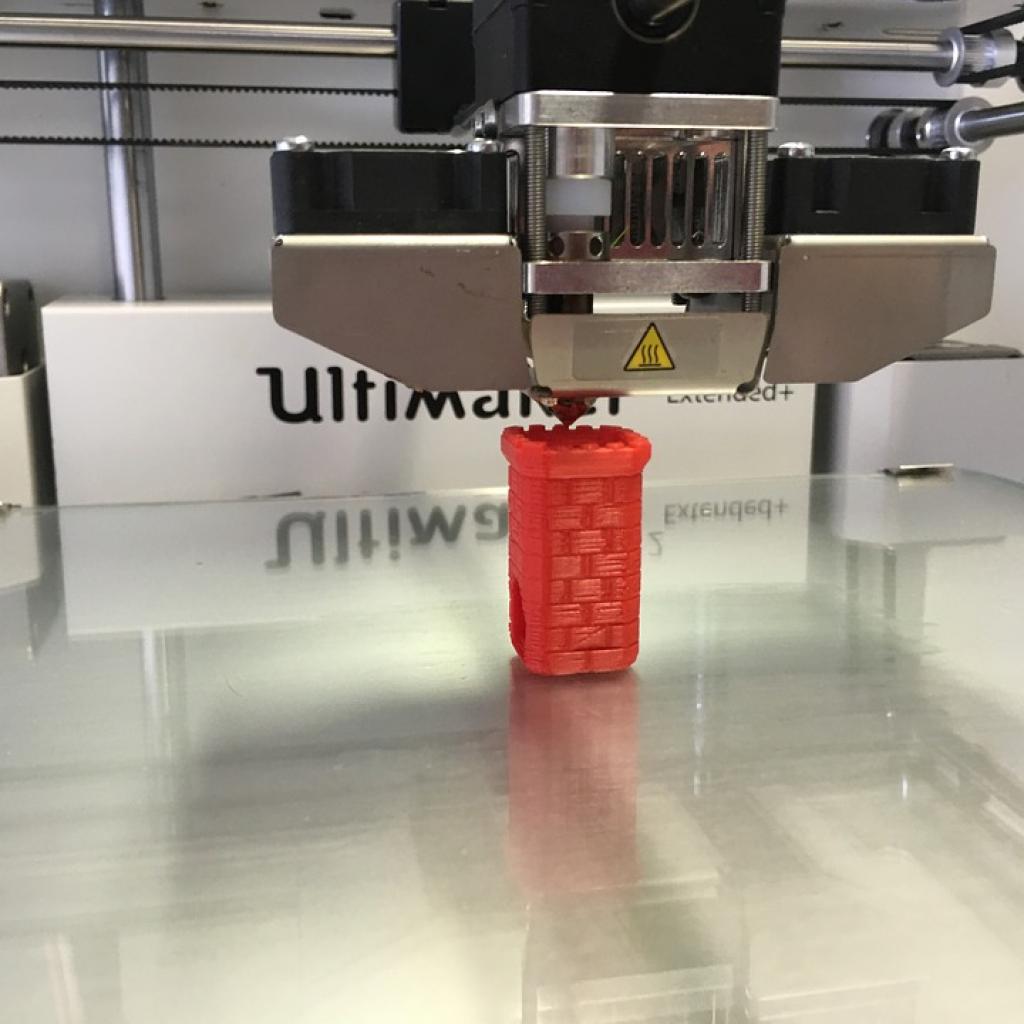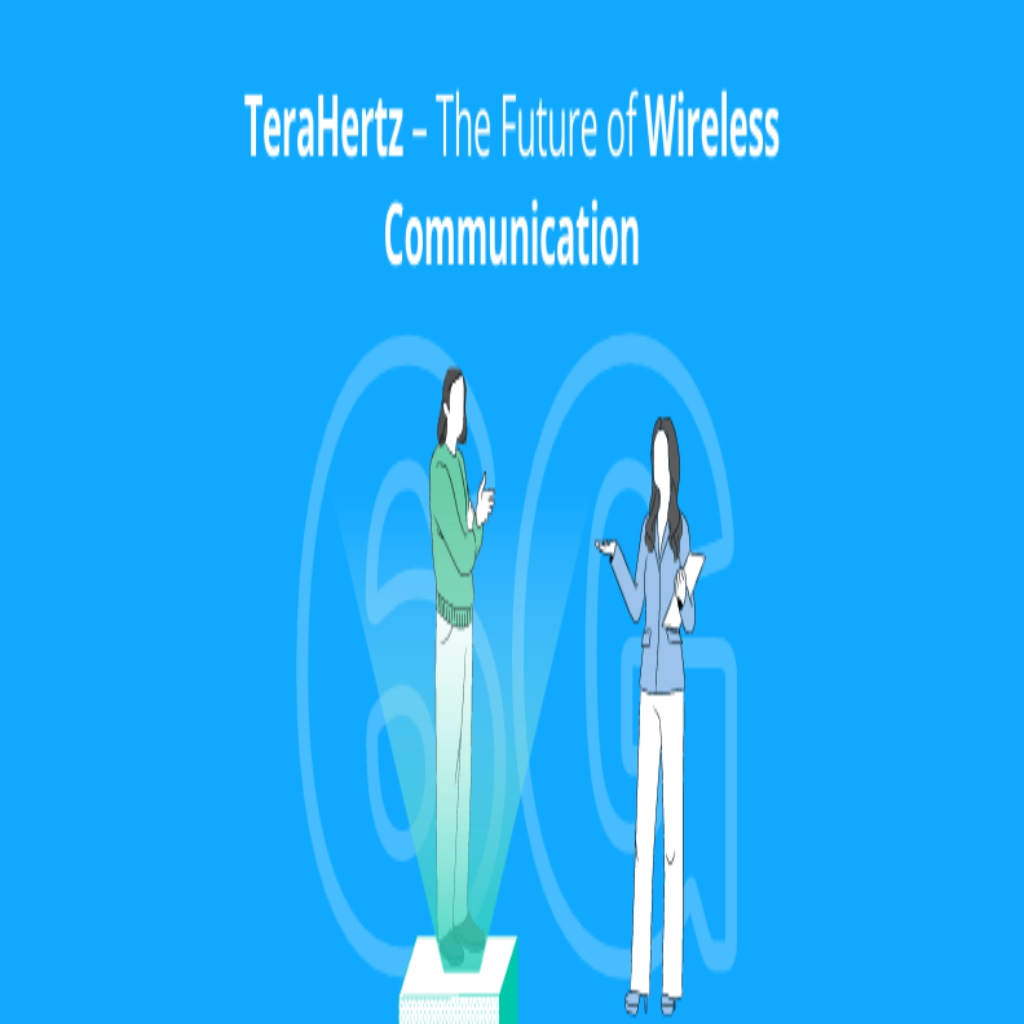LiFi technology has been in the public eye since Prof. Harald Haas first introduced it to the world in his Ted talk in August of 2011.
LiFi uses characteristics like intensity, and the frequency of visible light is used to communicate data between two devices (transmitter and receiver). A powerful and complementary alternative to radiofrequency (RF) transmission, LiFi provides privacy and reduces environmental radiation levels.
Last year, we conducted research on the LiFi domain where we disclosed origins of the technology, top companies that are researching in the LiFi, and the problems that LiFi has to overcome in order to become a household thing.
You can download the detailed LiFi analysis using this form:
|In this article, we will discuss one of the biggest problems of LiFi – how to make existing light sources LiFi compatible to make them transfer data – and how researchers are overcoming this issue of LiFi. The solution to this problem will, for sure, reduce the cost of LiFi implementation.
What are the hurdles in the integration of LiFi with existing light sources?
Li-Fi transmitters use solid-state LEDs integrated/embedded with controllers that receive data and modulate the light output of LED according to bits of data. The lighting devices are generally phosphor-based or RGB lightings and both have their own set of strengths and weaknesses.
Phosphor based light sources are cheaper in cost as compared to RGB based devices, but they provide less bandwidth than RGB sources due to their low switching speed.
This isn’t a big problem, however. One of the major financial hurdles in LiFi is as follow:
Consider a scenario where we want to implement LiFi at a location pre-installed with lighting fixtures. There seem to be two options:
- replace the existing light source with a new one that contains integrated VLC modulation controller; or
- fix a new VLC enabled light source
None of the options above however solves the cost issue in LiFi and does not offer any cost savings.
Would it not be better if LiFi could be integrated into existing light sources? We at GreyB were recently contacted to find existing solutions to this problem of LiFi by the research department at one of the major electronic companies in the world.
We started looking for solutions at our end and with the client’s permission are sharing two solutions that have the potential to solve the problem of integration with light sources in LiFi.
Solution 1: Introducing A Modulating Element
We found two patents on LiFi – WO2017042093A1 and EP3139524A1 – where inventors introduced a new modulating element. This element, when attached to the existing light source, has the capability to modulate the existing light output based on the data that needs to be transmitted.
More precisely, the modulator selectively changes the transmission or reflection of the light in response to the data to be transmitted and thereby converting the existing normal light fixtures into a LiFi transmitter. Thus, the need for changing the light fixture gets eliminated.
EP3139524A1

WO2017042093

Solution 2: Adding an Add-On Controller to make existing light sources LiFi compatible
We found another patent in which, an add-on controller is used as a standalone component, which can be attached to the pre-existing light source.

The controller can work as a back-end modulator and direct the light source to emit a light of particular intensity/power by modifying the power input.
The controller contains
- a data signal receiver that is configured to receive data from the external data source,
- a VLC protocol engine configured for interpreting the received data according to VLC protocol, and
- a VLC transceiver for converting the received data into one or more LIBM (Light Intensity Baseband Modulation) modulated signals.
The control unit then activates and deactivates its power output port to supply output voltage responsive to the one or more LIBM-modulated signals and controls the light source output.
These were just a few among the multiple solutions to existing problems in LiFi that we found. If you want us to find a solution to any technological challenge, feel free to write to us.

To give you another example, recently we helped Joe, a senior researcher at one of the largest chemical companies in the US, find a solution to the temperature resistance problem in acrylate adhesives?
BTW, if you are researching in the LiFi domain and looking for a solution to problems like, but not limited to:
- How to efficiently transmit data via LiFi communication?
- How Li-Fi can be applied in location-based service systems and how location/orientation can be derived using Li-Fi technology?
- How to save power in VLC transmitters?

Authored by: Krishna Aswani, Team Lead, Patent Search
Read Next: How Competitive Analysis Can Help R&D Team Innovate Better?










